The journey to and from Antarctica is an inherent part of the excitement of the designation. On Saturday, January 26, a 6:00 pm, a flight to Atlanta, a connecting flight later in the evening, arriving in Buenos Aires, Argentina, Sunday morning. Monday afternoon after a two hour flight I arrived in Ushuaia, Argentina. Tuesday afternoon I boarded the 295 foot M/V Hebridean Sky, a Swedish managed vessel, for a six-day journey in Antarctica.
The first question asked when I spoke of visiting the 7th Continent was... "Where?" The next question was why? I was checking a box, Antarctica had been on my list of places to visit for many years.
days before departing while talking to a friend, we discovered that she and her daughter, would be on the same vessel. They were traveling with a group, the National Brotherhood of Skiers. A group of recreational skiers who organized in the early 1970's. Many in this group of over 30 individuals have skied on 6 continents. This group of world travelers comprised nearly half of the ships passengers. Having visited most of the world, this group was not on a skiing adventure; they were, like me, also checking a box.
The trip was educational. In another life while working for the Defense Department and managing its office of Hazardous Waste Contracting Activity, the office was tasked to contract for the removal of environmental waste materials from the U.S. run McMurdo Station, the largest scientific facility in Antarctica. At that time, the U.S. Naval Support Facilities Command, provided logistical support for McMurdo which is managed by the National Science Foundation. Because of the extreme weather conditions, McMurdo is one of the few scientific facilities staffed during winter season in Antarctica.
The Antarctic Treaty of 1959 recognizes that the continent is biologically and geographically unique. It is said that the signatories...initially 12 and now 45 countries..."manage jointly" Antarctica. I would say this quite differently; no one manages this extreme environment. The signatory countries conduct research and practice enhanced conservation of the environment for the benefit of all earth dwellers. The Treaty prohibits military activity while promoting peaceful and scientific activity.
There was a one-hour window for the boarding of 70 passengers on the Hebridean Sky, 3-4 pm, on Tuesday, January 29. This crew was all business, punctuality was key as the frequent changing weather conditions determined the ship's course and destination. At 5:30 pm, we were underway, steaming along the Beagle Channel towards Puerto Williams, Chile, the southernmost town in the world.
On Wednesday morning, January 30th, the itinerary called for a visit to the island of Cape Horn including a climb up the steps to lighthouse to visit the keeper and his family who are living in isolation near the bottom of the world. Weather conditions precluded the launching of Zodiacs/Dinghies for the visit ashore. We continued our voyage through rough seas towards the vaunted Drake Passage to 60 degrees South latitude and Antarctica.
The first two to three days of the voyage a number of passengers suffered from sea and/or motion sickness. Consequently, there were many empty seats in the dining room during this rough ride. The ships' doctor was rather busy tending to the affected and the dessert table was overflowing with delectable delights. Sadly to say, somehow I experienced a slight weight gain during the rough seas. Initially, I thought it may have been caused by the invigorating fresh air, subsequently I concluded that it was the proximity of my dining table to the dessert table!
There are over 100 scientific stations in Antarctica. Many are staffed only during the summer because of the greater accessibility. In the summer months the number of scientific personnel on Antarctica increase from an average of 1,000 in the winter to an average of 4,000.
Antarctica contains 70% of the planet's fresh water. The 5th largest continent after Asia, Africa, North America and South America; larger than the U.S., larger than Europe, and twice the size of Australia. The continent more than doubles in size when the sea ice freezes. Antarctica has an unusually high average elevation, 6,725 feet above sea level. The highest point is Mount Vinson at the base of the Antarctica Peninsula, at 16,050 feet above sea level. Temperatures in this region have been recorded at 130 degrees below 0.
Wednesday morning, January 30, we dropped anchor in the South
Shetland Islands just off Halfmoon Island. After dressing in water proof
clothing, slipping on boots, attending a mandatory briefing, strapping on
a life preserver and undergoing a safety check, those of us going ashore
boarded the Zodiacs/Dinghies for an outing on the continent. The snow
had melted on the peninsula, the temperature was in the low 30's and
we were walking on rocks much like the Penguins, waddling to keep
our balance. The oversized boots made walking on the rock a little less
difficulty.
We were advised to give wide berth to the animals. If penguins were crossing our paths we stopped to let them pass. We kept a discrete distance from resting seals and sea birds. As we approached the colonies of animals, the smell of dung was poignant. Occasionally we would see a decomposing carcass of a penguin or a seal, oft times the bones had been picked clean by sea birds.
After about an hour of waddling on the rocks, I had seen enough. I made my way back to the dinghy landing. The dinghy driver wanted to know if I wanted to return to the ship, I said no I will just hang out near-by. It was my intent to be on the first dinghy back to the ship. I had seen everything there was to see. While at the dinghy landing, the driver received a radio call to return to the ship and pick up a crew member. When we arrived back at the ship the dinghy driver offered to wait for me if I was only going to make a pit stop. I declined the invite and choose to wait near the now familiar dessert table.
A couple of hours later. the landing party returned to the ship for lunch. While we were eating lunch the ship moved to Yankee Harbor at Greenwich Island in preparation for the afternoon visit ashore. When the appointed time arrived to launch the afternoon landing party, the vast majority of those who went ashore that morning again put on their water proof clothing, slipped on booths, attended the mandatory briefing, strapped on a life preserver and was safety checked before boarding the dinghies to go ashore. I and a few discerning others chose to stay aboard and watch the landing party traverse the rocky terrain while admiring the animal colonies.
The return to the ship of the afternoon landing party concluded day four of our 5-day voyage in Antarctica. While dining that evening, the captain announced that because of impending weather conditions, it was imperative that we immediately make way for King George Island to disembark the ship, cutting short our voyage one day early. Immediately following dinner we were instructed to pack our luggage, put on our waterproofed clothing, slip-on the boots, strap on a life preserver, place checked baggage outside the cabin and assemble in the lounge, Deck 3 aft. There the fun began.
The trip literature, in small print, indicates that upon arrival on King George Island, there is a one mile walk to the landing strip. Before departing home on this epic journey, my travel partner read the small print and balked. We were assured that seats in the luggage van would would be reserved obviating the walk. Those having reservations to ride the luggage van were the first to disembark and board the luggage vans. Stepping ashore we left the life preservers on canvas spread across the rocky beach. We continued the journey clad in our water proofed clothing and oversized booths, this is how we boarded the aircraft for Punta Arenas, Chile, our port of entry from Antarctica.
It is now about 2100 hours (9 PM) and dark as we begin the up-hill ride to the airstrip. We passed through Bellingshausen Station, a Russian operated research facility. As we continue uphill in this frigid expanse of nothingness, I began to wonder about the viability of this unseen landing strip. From the van visibility was quite limited especially when packed with 9 individuals all with carry-on luggage and other checked luggage stacked on the roof while driving on unimproved roads. When we reached the apex of the hill and then continuing alongside the landing strip, I began to wonder what kind of aircraft would be lifting us off this barren ice world. I noticed a truck bouncing down the landing strip and thought pot holes...there were no structures of any kind in view of the landing strip, no vehicles except the truck barreling in the direction from which we came.
After an eternity of sitting in the cramped van a fuel truck arrived and parked near us. There were no complaints voiced about sitting in the heated cramped van with the engine running. The alternative was to stand outside in the frigid cold. At last we sighted a plane that circled, landed, taxied and then drew to a stop near the van. I felt greatly relieved to see that the aircraft was a four engine jet. A couple of vehicles arrived carrying more checked baggage. About 70 passengers disembarked from the aircraft clad in water proofed clothing and oversized booths. They lined up as their baggage was being unloaded before making what appeared to be the two mile walk to the dinghy landing for transport to the ship.
We later learned that our shipmates who were making the walk uphill from the dinghy landing, many wearing back packs, had been stopped to allow the arriving passengers to descend below the crest of the hill, before they were permitted onto the landing strip. An added safety measure.
A smooth takeoff and we were airborne for the two-hour flight to Punta Arenas, Chile, where we arrived in the early hours of Friday morning. We turned in our oversized boots at the airport, fetched our checked baggage and then climbed onto busses in our waterproofed clothing for transport to our hotel. Two days in Punta Arenas was a treat, excellent accommodations complete with guided tours at no additional cost. Punta Arenas is one of the cleanest cities I have visited. A departure point for Antarctica expeditions, tourism is a linchpin of their economy.
How was my trip to Antarctica? It was an educational experience. I learned quite a bit about the 7th Continent. So much so, that I need not return for a refresher course. So few pictures are included with this narrative because I forgot to take my camera ashore. I thought it was in one of my many pockets. As one who grew up climbing trees to get a better view, I would have enjoyed the opportunity to visit the Island of Cape Horn to visit the lighthouse.
Carroll
Send email to the author. Click here.
Courtesy of Sandra Howell
Click on any photo
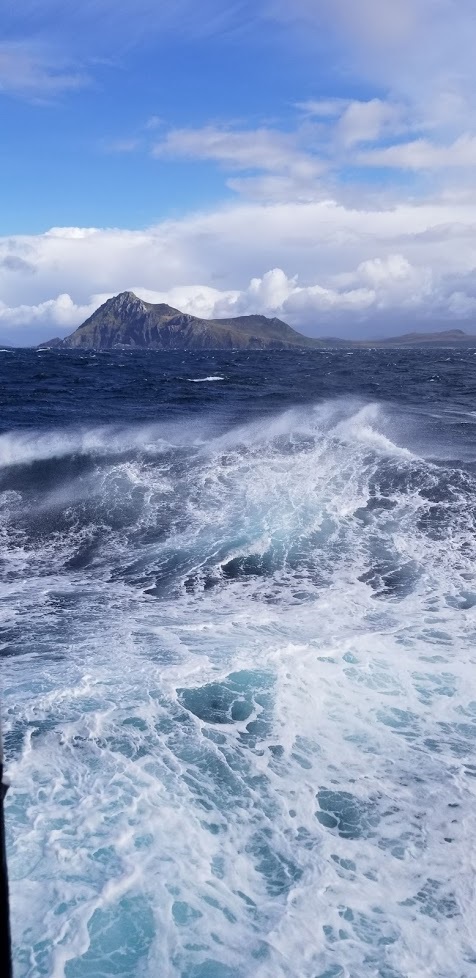
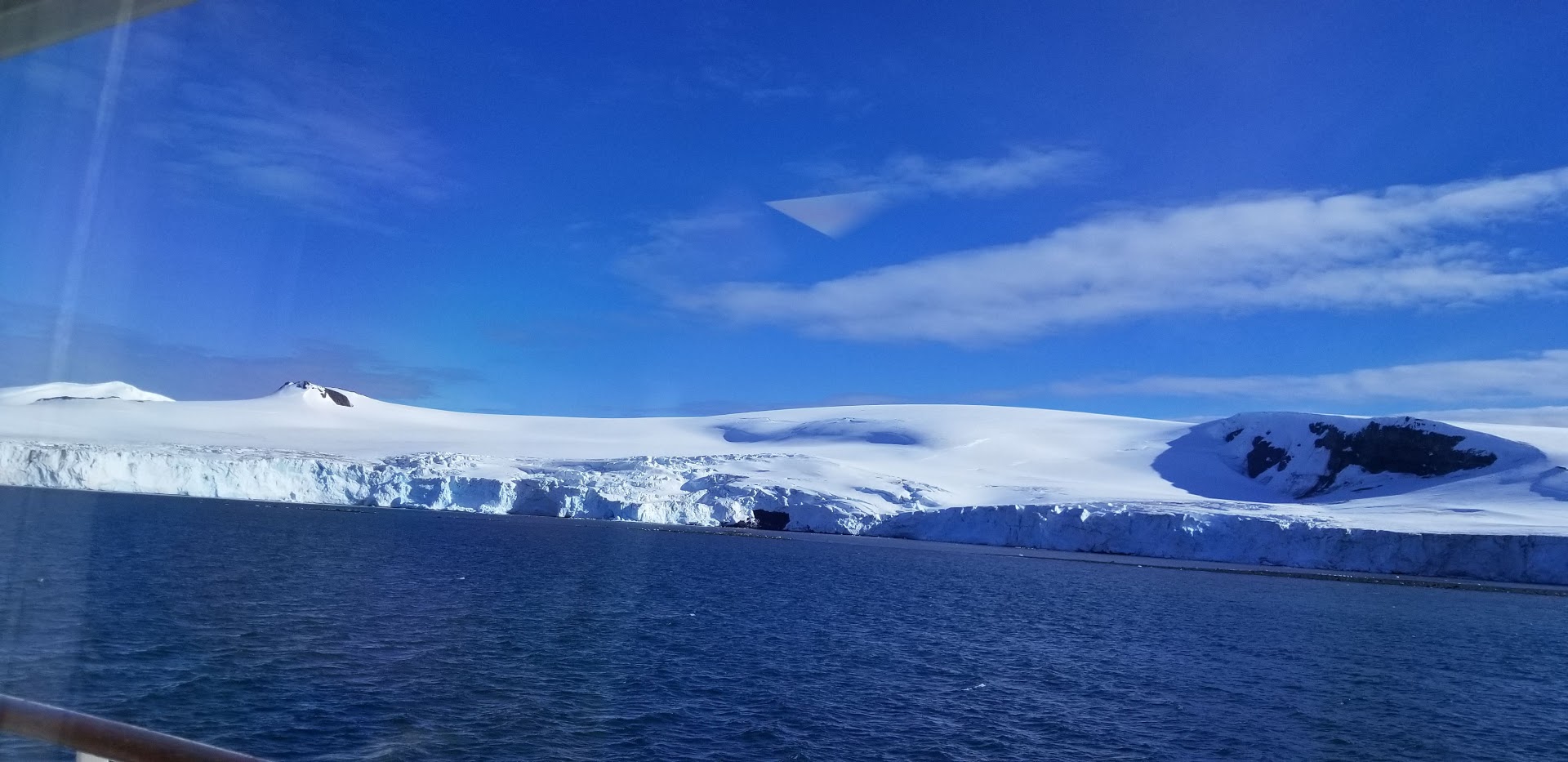
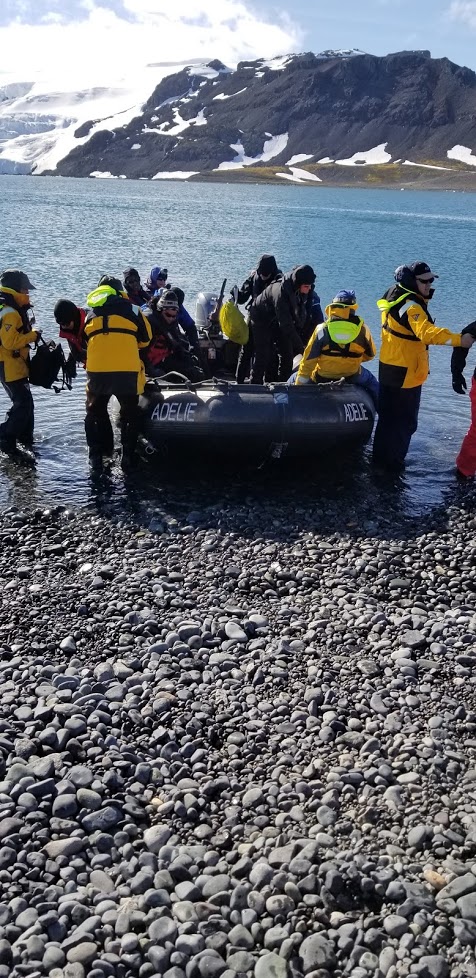
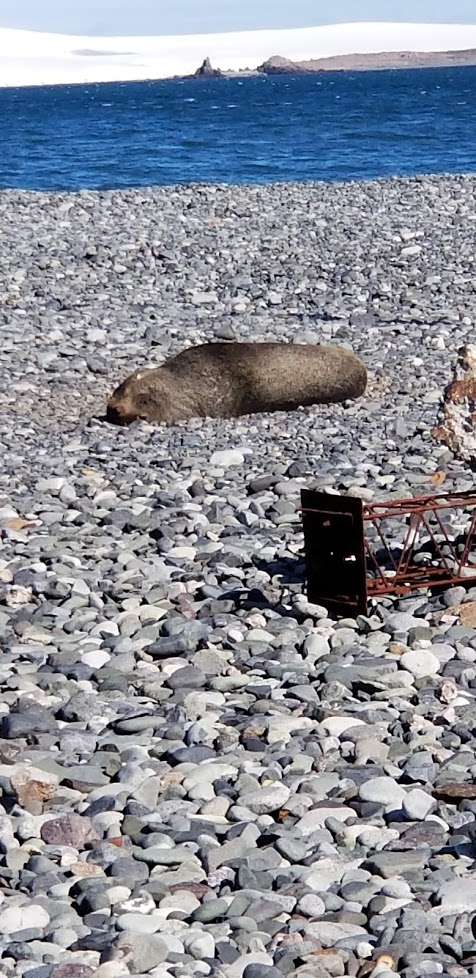
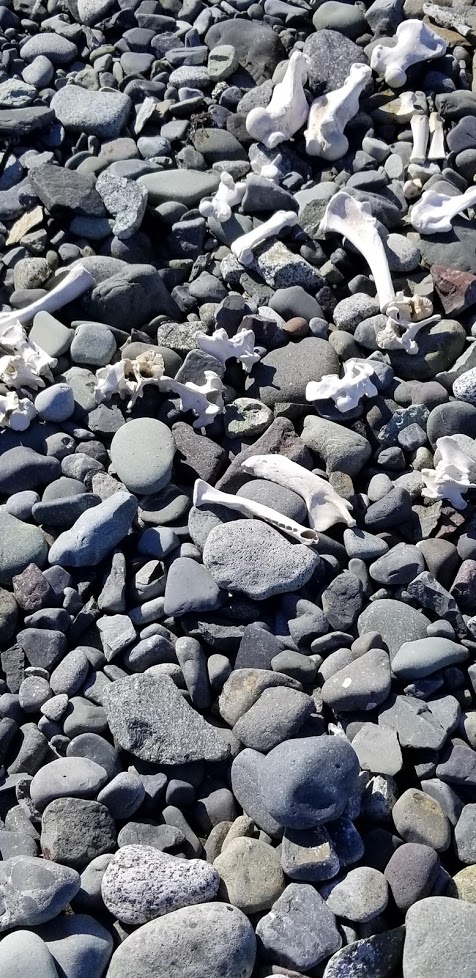
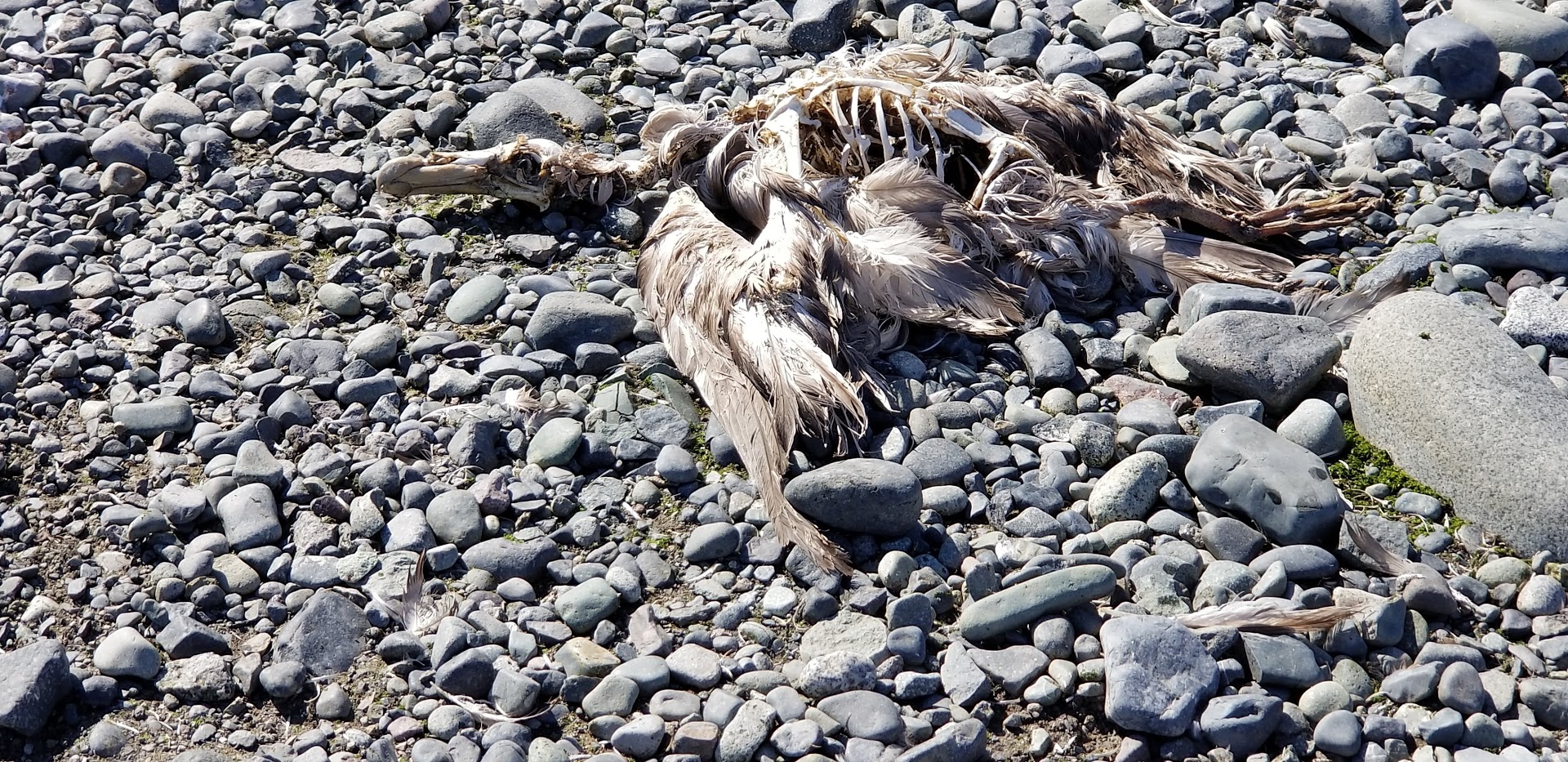
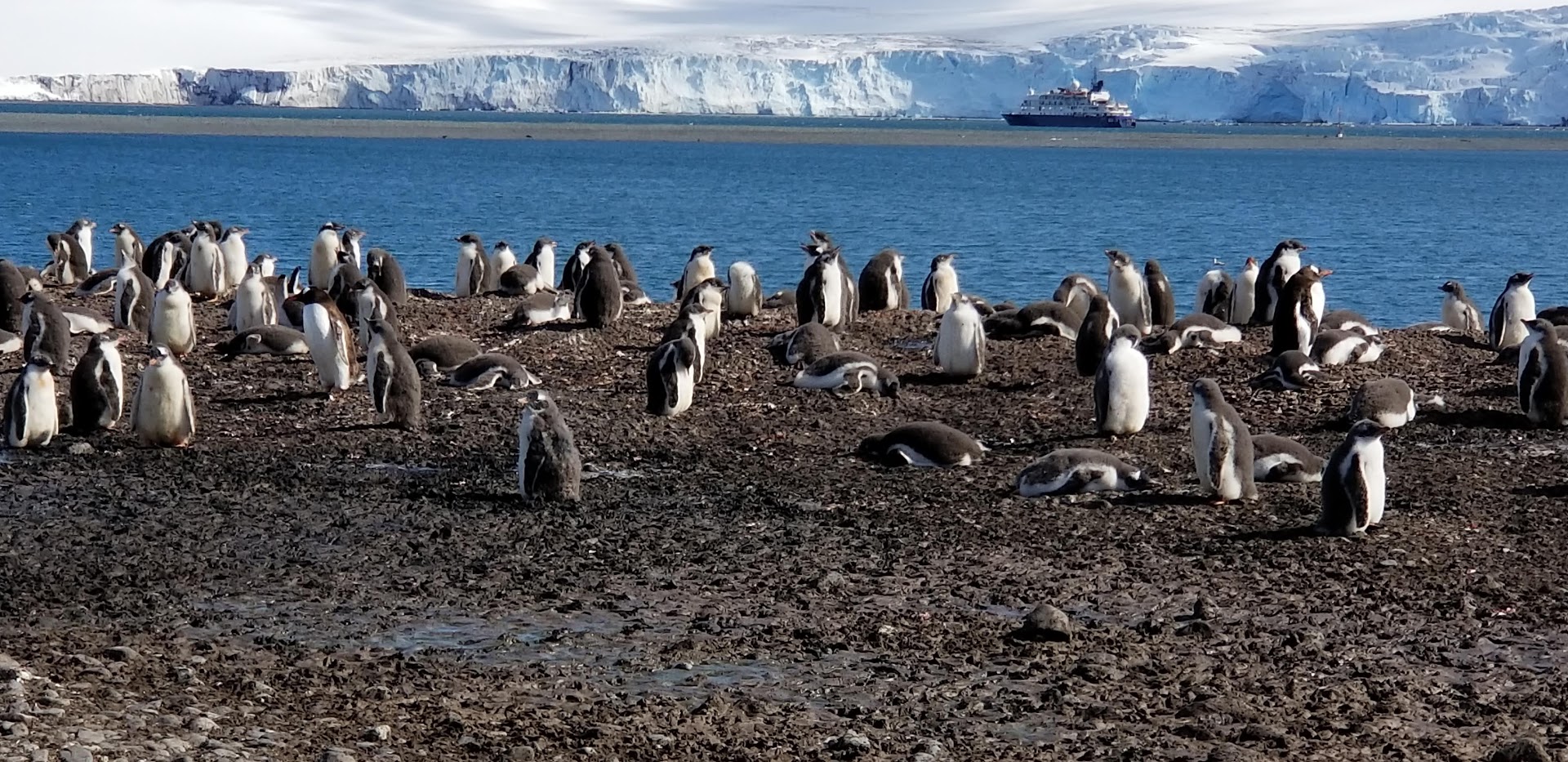
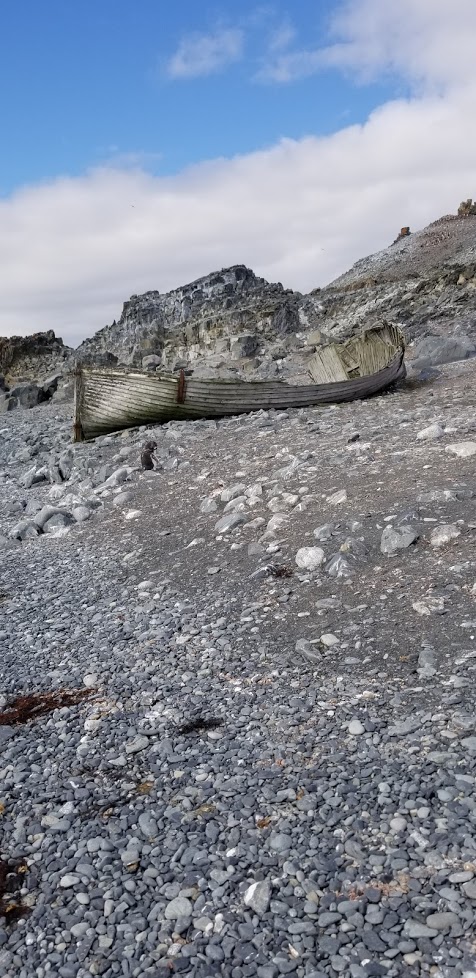
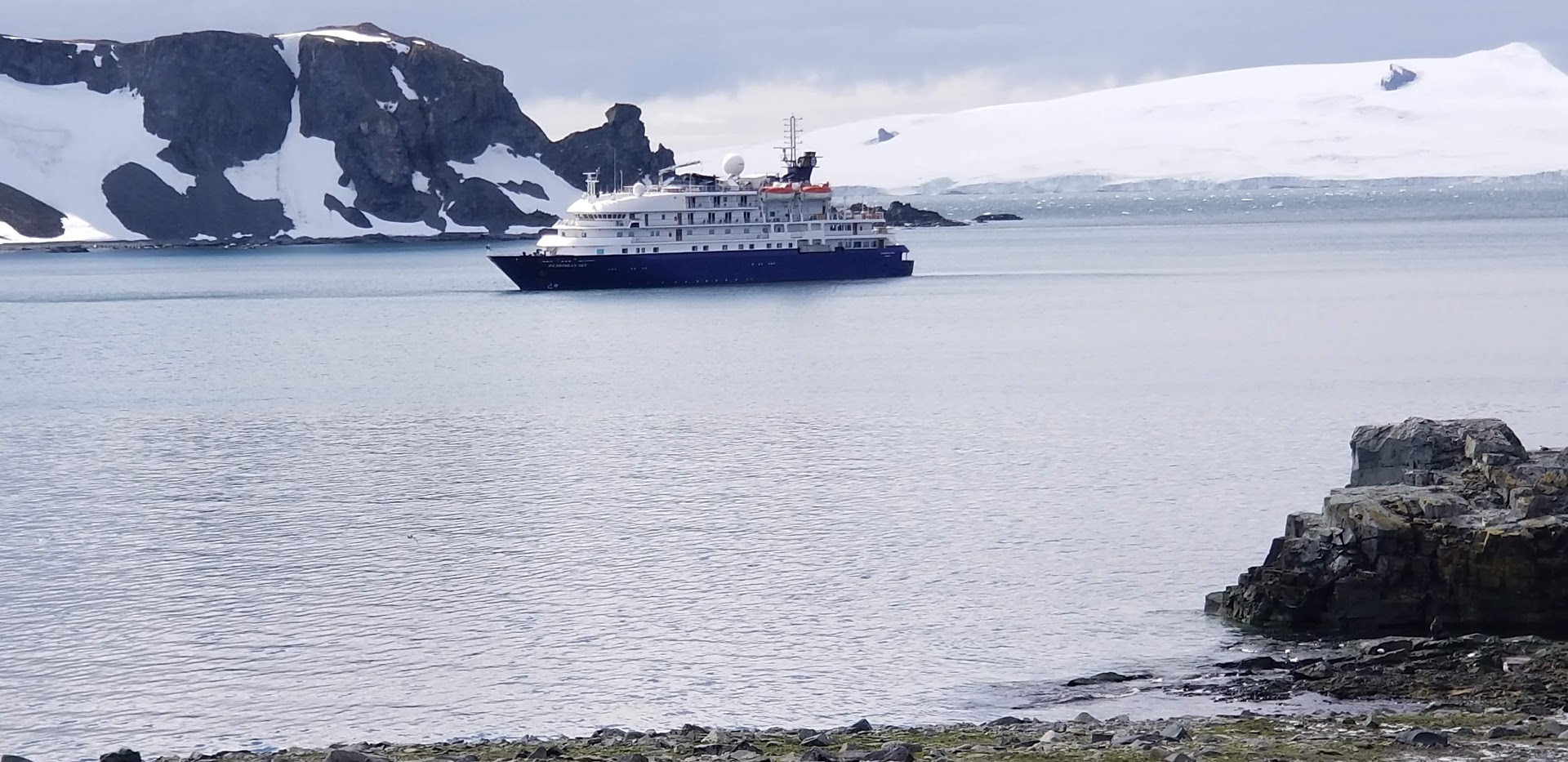
© 2019 Love Your Neighbor Publishing, LLC
This website is hosted by Chesapeake Flotillas, LLC